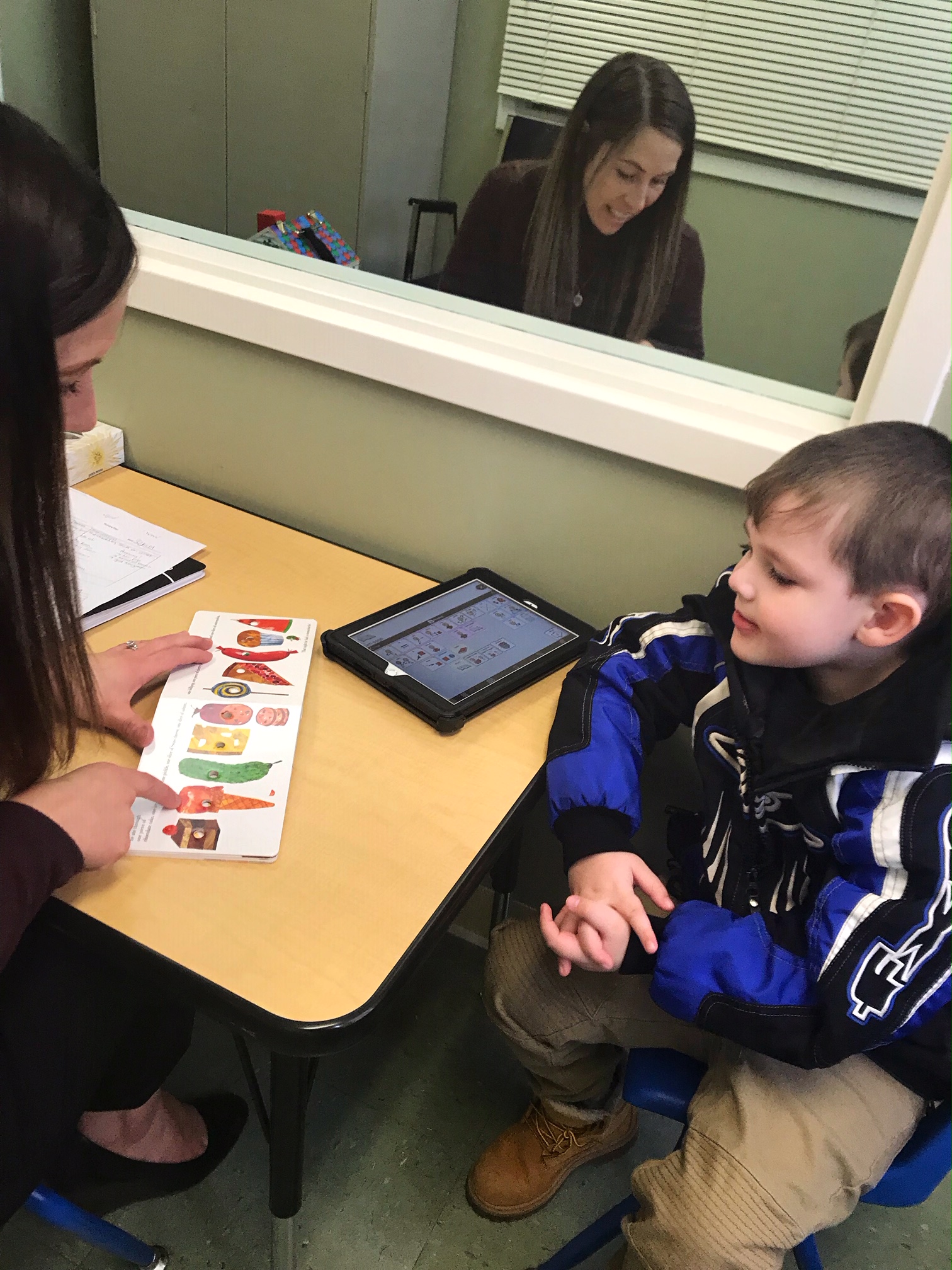
Logistic and Cox proportionate hazards regression analyses examined predictors of phrase and fluent speech attainment and age at acquisition, respectively.Ī total of 372 children (70%) attained phrase speech and 253 children (47%) attained fluent speech at or after age 4. We hypothesized greater autism symptomatology and lower intelligence among children who do not attain phrase/fluent speech, with nonverbal intelligence and social engagement emerging as the strongest predictors of outcome.ĭata used for the current study were from 535 children with ASD who were at least 8 years of age (mean = 11.6 years, SD = 2.73 years) and who did not acquire phrase speech before age 4. Both subjects demonstrated improvement although only Participant 2 met criterion.To examine the prevalence and predictors of language attainment in children with autism spectrum disorder (ASD) and severe language delay. low-tech versus high tech), with the current investigation indicating that the younger participant favored the iPad, whereas the older participant preferred the communication board. Future studies should control for participant age and device preference (i.e.


Conclusions: Further investigation of AAC treatment during speech therapy rehabilitation is necessary. Outcomes showed an increase in communication using both low and hi-tech AAC devices however, Participant 1 achieved five points below the established criterion with a communication board, and Participant 2 met the criterion on the last treatment day using Proloquo2Go. Results: Criterion score of 75% and/or higher was the goal intended to be met for each AAC system. A difference in performance was observed between the two devices. The null hypothesis that there would be no difference in patients’ responding using functional words on an AAC device trained was rejected. The participants were taught 20 pictures on both AAC systems (ten pictures on each low and high-tech device) during speech therapy.
Proficient in proloquo software#
Method: Two participants with severe non-fluent aphasia who were immediately post-stroke with lesion to the language-dominant hemisphere received six days of training with a communication board and Proloquo2Go software system on an iPad in an alternating treatment single case research design. Objective: The investigation’s purpose was to determine whether a low-tech (communication board) device compared to a high-tech (Proloquo2Go® text-to-speech voice on iPadTM device was more effective for functional communication for adults over the age of 50, diagnosed with expressive aphasia.
Proficient in proloquo how to#
Learning how to use an AAC system can be difficult for people with aphasia, yet, with training, AAC can be used to effectively address deficits in spoken language comprehension and expression.

Low and high technology are forms of AAC to help individuals with communication and language impairments. In structured settings, alternative modes of communication can assist individuals with moderate to severe aphasia (Garrett & Kimelman, 2000). Background: People with aphasia (PWA) who cannot meet their needs through natural speech alone can benefit from using an augmentative and alternative communication (AAC) device as support (Hux, Weissling, & Wallace, 2006).


 0 kommentar(er)
0 kommentar(er)
